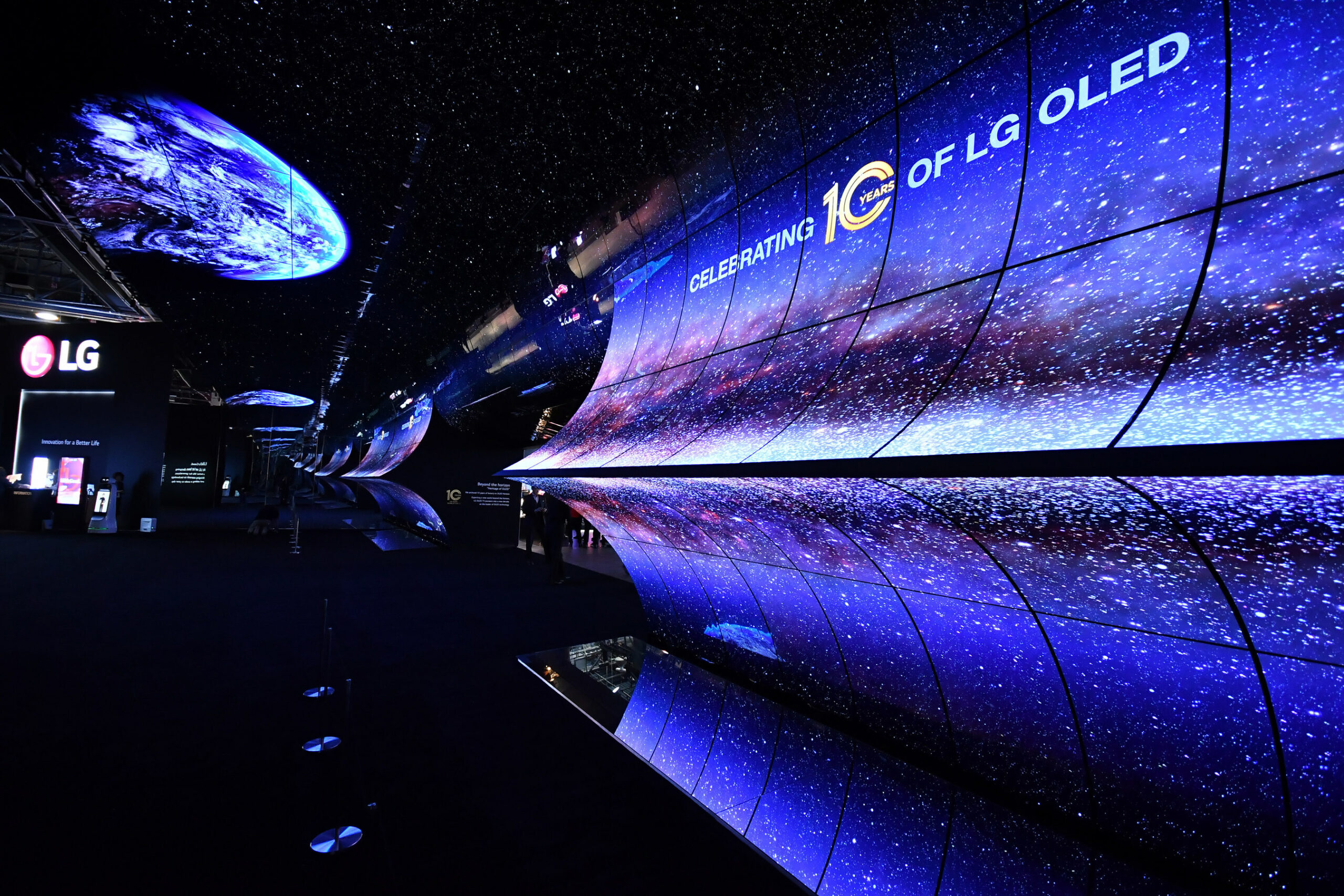How Supervillains Show What We Fear in Real Life

The best characters in fiction often represent specific archetypes we can recognize and relate to. Their decisions and their journeys allow us to see our own lives in a slightly different light and can influence us to act positively. Over the last several decades, there’s been a lot of focus on how superheroes, in particular, represent our hopes, our ethics, and even our human limitations. But we too often overlook the opposite of this role; the supervillain.
In many ways, supervillains are just as impactful as their heroic counterparts. According to some theorists, one of the most important roles they play is as the representation of our fears. Though horror movies are more often considered more direct manifestations of terror, supervillains are the personification of timely, powerful, and often personal fears.
We’re going to review some of how supervillains show what we fear in real life. How do they manifest and what value does this provide us?
Social Concerns
Some of the most profound fears supervillains represent are those related to the issues we face in society. The Joker’s various incarnations in the Batman comic books, movies, animations, and video games are often cited as a strong example of this.
Heath Ledger’s portrayal of the character in The Dark Knight came at a time of great economic uncertainty in which the potential for devolution into chaos was at the forefront of many people’s minds. The Joker’s depiction in Alan Moore and Brian Bolland’s The Killing Joke distinctly criticizes a weak social structure in which any one of us could descend into crime as a result of “one bad day.”
We see this fear of becoming victim to social issues recur in supervillains throughout fiction. Part of what can make these characters particularly scary is — like the social issues they represent — their actions and the consequences seem outside our control. Indeed, part of the hero’s triumph over their schemes can feel empowering. It helps us to feel we have some agency.
This can be inspiring and heartening in a variety of ways. Not the least of which is helping to cope with mental health challenges. While anxiety and depression are very different conditions, they can both be influenced and exacerbated by external stresses. Often these include societal elements like economic uncertainty, inequality, and political divides. Engaging with media that depicts supervillains as representatives of these social ills helps to understand such difficulties can be overcome.
Abuse Experiences
For much of our recent history, various forms of abuse have been considered taboo. Our society’s inability or unwillingness to take accusations of abuse seriously or provide safe spaces for discussion have often left victims feeling powerless. Though there has been some progress made, it remains a serious hurdle in ensuring individual healing and enacting meaningful cultural change.
It’s no wonder, then, that the fear of abuse and the oppression surrounding it often finds representation in supervillainy. Perhaps the most potent, literal, and therefore powerful representation is Kilgrave in Marvel’s Jessica Jones. The character doesn’t just use his pheromone-driven mind control powers to make victims perform actions. He also frequently forces victims to feel and think against their will. Many abuse victims can relate to this impact beyond physical violence where the abuser limits their emotional and psychological agency.
Being confronted by such a blunt representation of fears surrounding abuse can be uncomfortable. But the depiction of Kilgrave’s actions, in particular, can also be a valuable externalization of the violence victims may have experienced or still be experiencing. Indeed, the gaslighting and insistence by Kilgrave of his own victimhood can spark a powerful recognition for victims of real-life abuse. This doesn’t mean these fictions are silver bullets. But they can provide vital space for understanding, relatability, and discussion.
Death and Disease
Death and disease are two of the key fears most people face today. The prospect of our own mortality is made more intense by the idea the end can occur sooner than we think. Indeed, the prevalence of disease — not to mention our current experience of COVID-19 — adds elements of very visceral suffering and pain to the mix. While we have yet to see a direct villain representing the coronavirus pandemic, there have certainly been examples of antagonists that address other deadly illnesses.
In fact, one recurring villainous element has been in respect of the fear of asbestos. As it became clear exposure to the carcinogenic mineral led to mesothelioma and often death, comic book writers began to highlight the risks through representative villains. Indeed, the Marvel villains Asbestos Man and Asbestos Lady became the victims of their own superpowers, with both developing cancers. Their illnesses, and indeed their downfalls, can illustrate the fear not just of the effects of asbestos but also the creeping horror of its long and often unnoticed exposure.
In many ways, the link between villains and disease is indicative of attitudes of the time in which they’re created. Clayface in Grant Morrison and Dave McKean’s Arkham Asylum graphic novel took a slightly different approach to the character’s normal portrayal. His skin appears to be melting and the paint on the wall bubbles under his touch.
Clayface here is the epitome of the unclean and contagious. Grant Morrison intended this to be reflective of the prevalent (and often ill-informed) fears many people had about the AIDS crisis of the 1980s. Though extreme in retrospect, this is a useful example of how our perspectives on disease are often more terrifying when informed by poor knowledge and misinformation.
Environmental Threats
Over the past few decades, we’ve seen increasing concern about our environment. Indeed, we have reached a point in which people are experiencing phobias surrounding the potential consequences of climate change. As a primary fear in our society, we have also seen representation in supervillains.
Many of these environmental antagonists have been direct depictions of specific hazards in our midst. In this sense, they are intended as blunt but effective tools to show the threats are real but also direct action can address them. The villains of the 1990s animated series Captain Planet are prime examples of this. Duke Nukem, Captain Pollution, and Doctor Blight all represent very real and present fears about the environment. But, importantly, the series also showed kids they can be defeated through collaboration and responsible actions.
However, it’s also worth noting some supervillains don’t simply represent negative environmental actions. Rather, they depict the fear that we as a species have treated the earth so badly we’re now unworthy of living on it. Thanos in the Avengers movies and King Orm from Aquaman both cite irresponsible overpopulation and excessive pollution respectively as motives.
These are common contemporary concerns. But the superheroes’ defeat of these characters is not a direct route to solving the underlying problems. Rather it’s a demonstration of our need as a community for time to set things right ourselves.
Conclusion
Supervillains aren’t just a character for superheroes to clash with and create dramatic tension. They can also be profound representations of the fears we face through various aspects of our lives. Some allegorize the disruption of societal structures while others represent personal experiences of abuse. Even the large issues of death, disease, and environmental catastrophe see representation in supervillainy. This gives audiences valuable tools to externalize and cope with these fears in their lives. In this way, villains can be just as powerful forces for good as their heroic counterparts.






